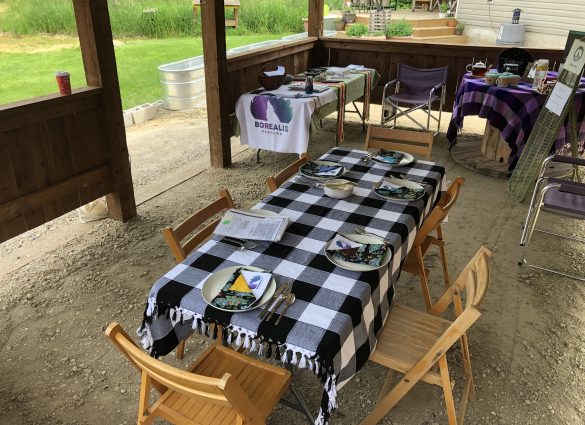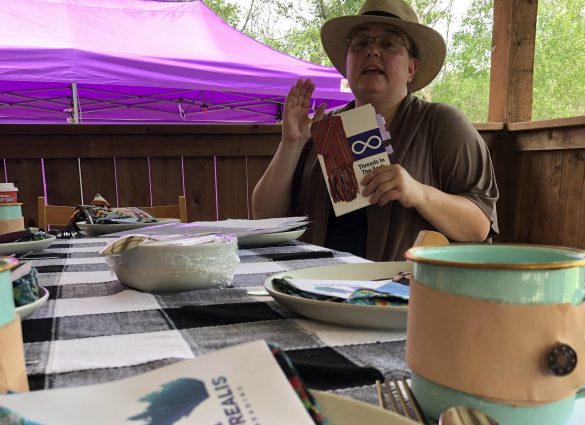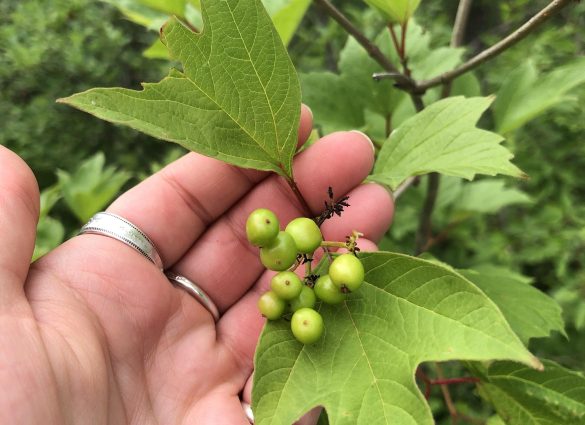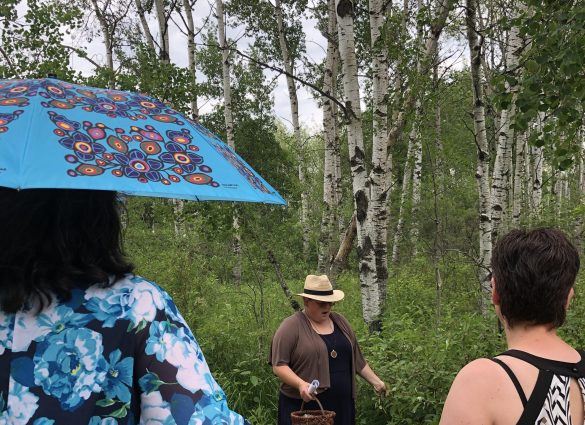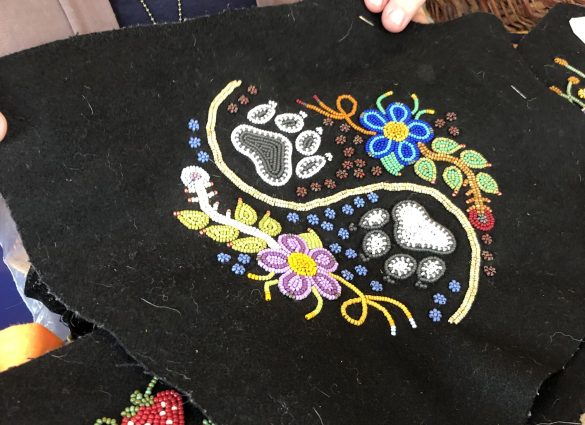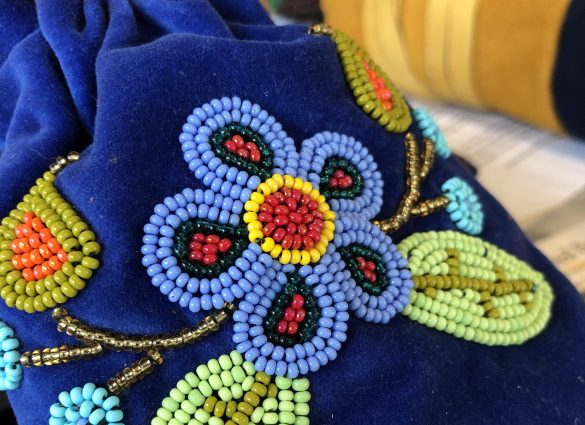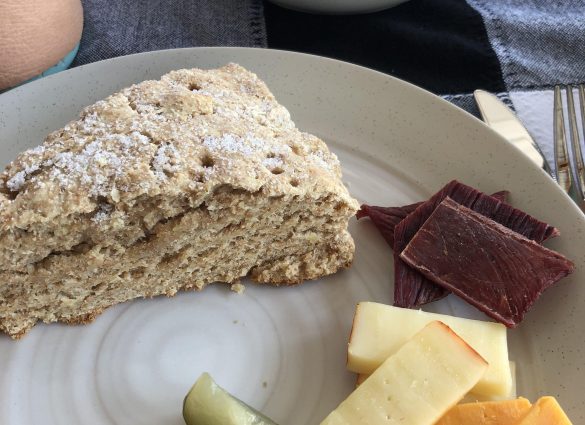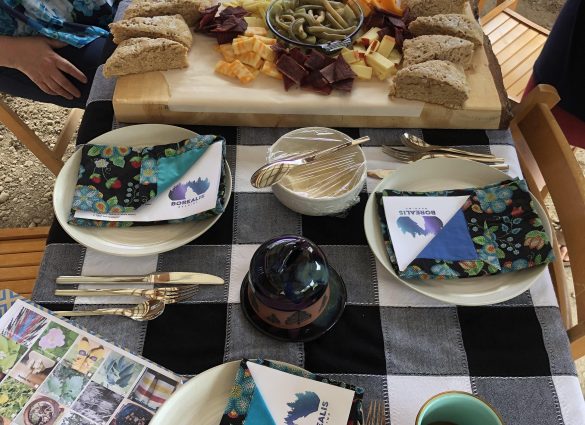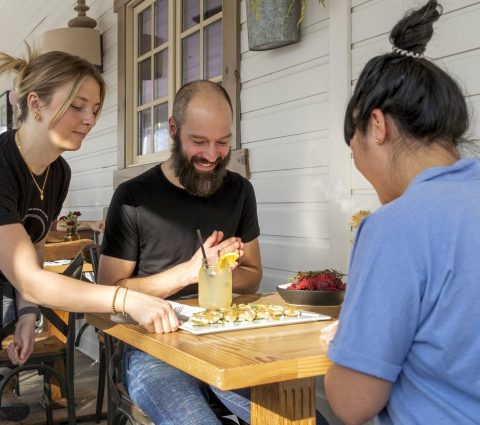- Things To Do
- Events
- Food & Drink
-
Places To Go
- Winnipeg
- Churchill
- Eastern Region
- Central Region
- Interlake Region
- Parkland Region
- Western Region
- Manitoba North
- Must-See Destinations
-
Itineraries
- Island Getaway on the Prairies
- Wheat City Wanderings in Brandon
- Escape to the water and the wild
- St. Boniface Winter: Passion and History
- Follow the path to a story in Neepawa
- Unleash your inner Viking this winter
- Explore Clear Lake this winter like never before
- Breathe in the Whiteshell this winter
- Go North for a boreal forest escape
- Treaty Areas
- Where To Stay
- Trip Essentials
- #ExploreMB Blog
Navigation Options
- FREN
- Things To Do
- Events
- Food & Drink
-
Places To Go
- Winnipeg
- Churchill
- Eastern Region
- Central Region
- Interlake Region
- Parkland Region
- Western Region
- Manitoba North
- Must-See Destinations
-
Itineraries
- Island Getaway on the Prairies
- Wheat City Wanderings in Brandon
- Escape to the water and the wild
- St. Boniface Winter: Passion and History
- Follow the path to a story in Neepawa
- Unleash your inner Viking this winter
- Explore Clear Lake this winter like never before
- Breathe in the Whiteshell this winter
- Go North for a boreal forest escape
- Treaty Areas
- Where To Stay
- Trip Essentials
- #ExploreMB Blog
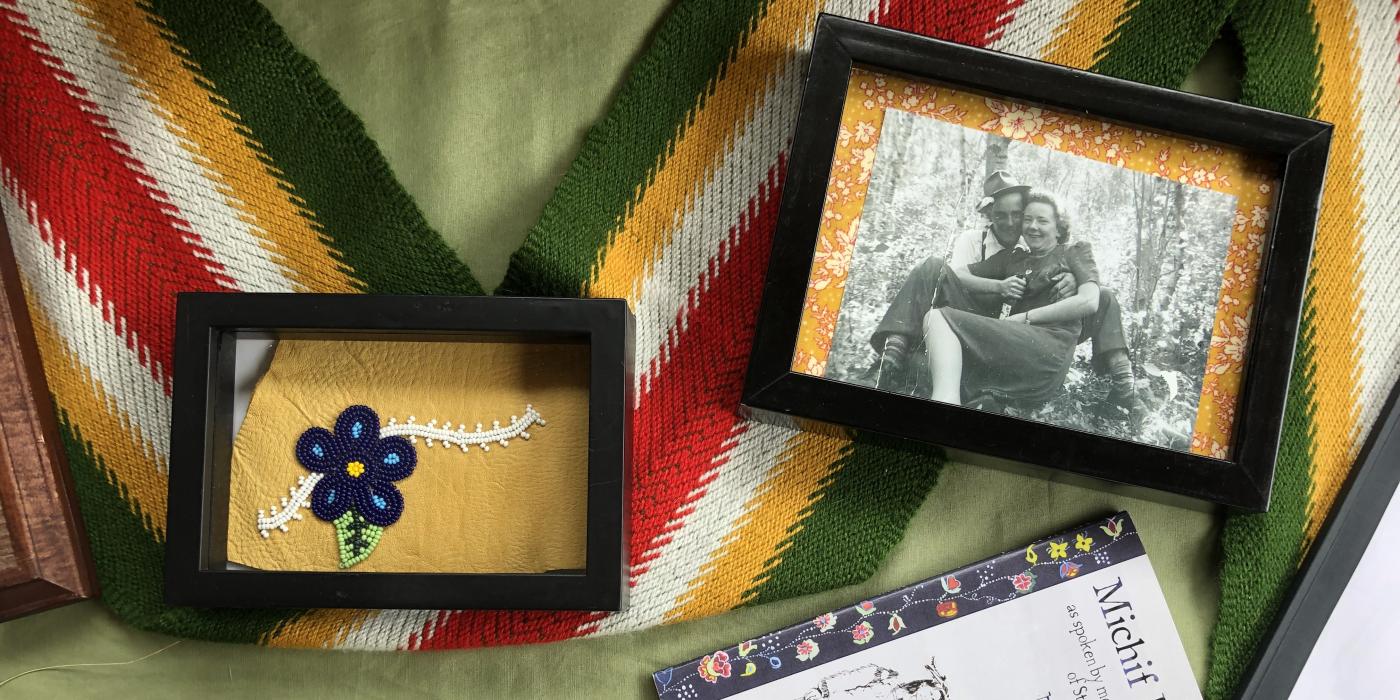
Around the kitchen table with Borealis Beading
Posted March 05, 2023 | Author Kit Muir
So much connection happens around the kitchen table. Sharing stories, music, art and, of course, food brings people together in incredible ways. That’s how it feels with Borealis Beading’s Perlage: a Métis voyage. You show up without connection, even surrounded by strangers, and leave feeling welcomed, filled with stories and well-fed.
Located just 50 kms southeast of Winnipeg in the Eastman region, on the homeland of the Métis nation, is Borealis Beading, Melanie Gamache’s beadwork studio. Upon arrival guests are greeted with locally sourced tea (either hot or cold, depending on the weather), Métis music and a beautifully set table. This is where the 5-hour Perlage experience begins.
“Perlage” translates to beadwork in English. But the experience Melanie has created is so much more than the art form of beading. When she first started her own foray into the art form years ago, she found there were few people teaching the techniques and even fewer people who were sharing the stories behind the art. So that’s where Melanie starts, with the storytelling. Storytelling is woven throughout the Perlage experience but up front Melanie shares her own story.
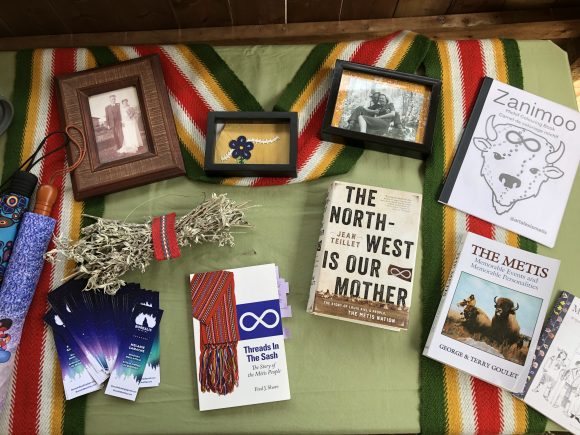
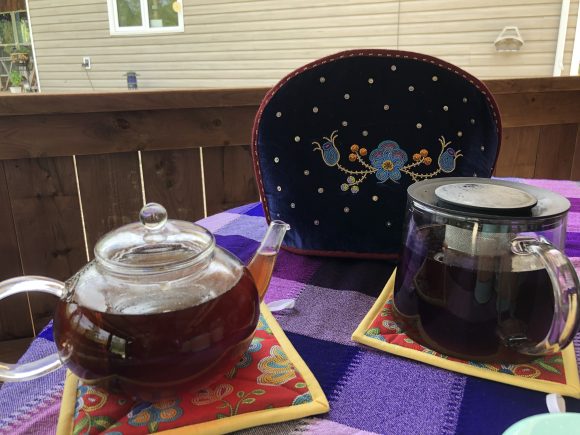
Melanie has put in the work to dig deeper into her roots, find scrips that were traded to her ancestors, trace family lineage and learn more about her own Métis connection. She shares all of this around the first “kitchen table” setting of the day. The open-air gazebo provides shade for the group as she shares stories of the importance of all Métis people, not only those whose family lineage traces back to Louis Riel and Gabriel Dumont, Métis leaders in the 1800s, but the importance of average families like hers who were gardeners, farmers and carpenters.
The Borealis Beading property is surrounded by aspen and oak forest. As our group walks along the property edge, Melanie points out the plants that played an important role in food, medicine and art throughout the decades.
The highbush cranberry was used in Pemmican, an important food for voyageurs during the fur trade era. The prairie or prickly wild rose can be used to make rosehip tea, a source of vitamin C. Red willow is used to weave baskets and, of course, the Manitoba maple is tapped for its syrupy sweetness.
The importance of these plants shows in Métis beadwork itself. The flowers and berries from the bushes outside have made their way into the beading space of the enclosed porch. But here they are represented by colourful glass beads sewn onto leather, making the fabric come alive with twisting tendrils, five-petal flowers, berries, insects and animals. The five-petal flowers that are a common element in Métis beadwork are possibly inspired by the wild rose and certainly the reason Métis people are sometimes known as the Flower Beadwork People.
Melanie has worked at her skill since the winter of 2014 when she learned beading from a friend. The years of practice she has put in are evident through the intricacy of her designs.
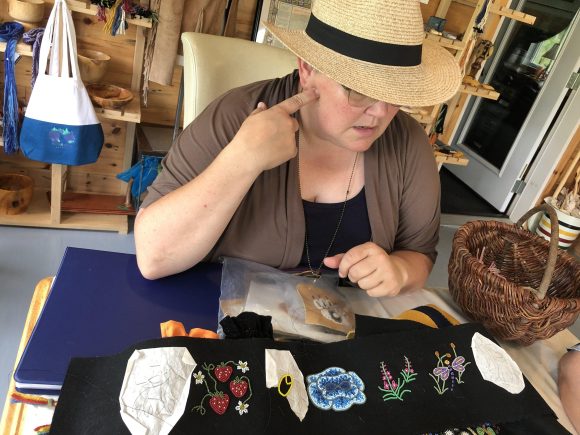
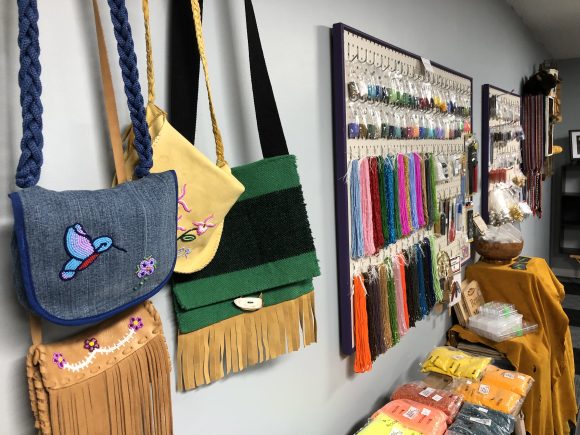
As a beading newbie, I’m grateful that Melanie has chosen a beginner project for the group to work on. The kit contains a piece of upholstery fabric, which looks like leather but is much easier to bead on, an assortment of medium beads, larger than the beads that Melanie uses in her own work, a needle, and a couple longer strips of material.
The finished project is a small memory bag. The pouch is based on a medicine bag, used and worn by some Métis and First Nations people to hold sacred items. When worn around the neck, it sits close to the wearer’s heart.
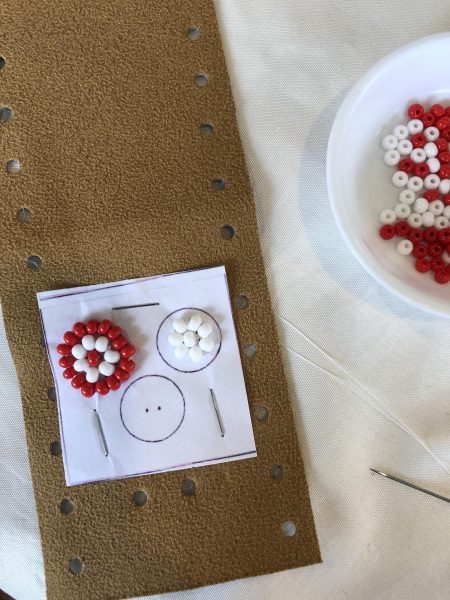
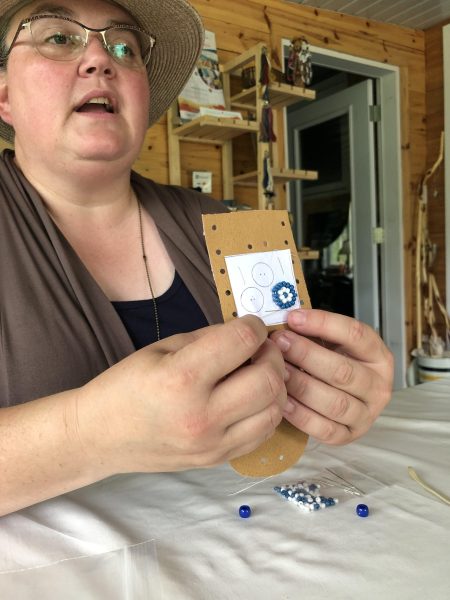
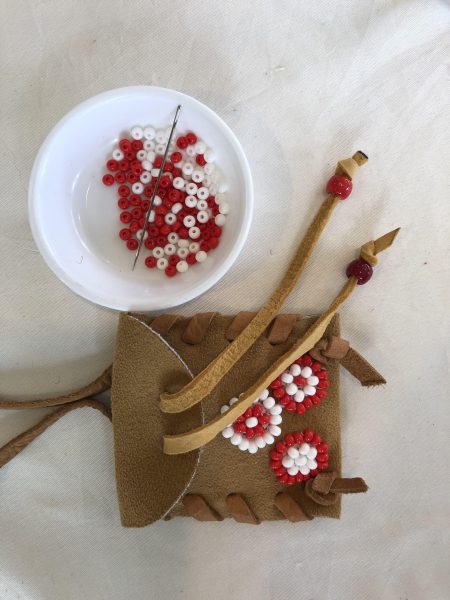
Beading was and can still be considered a form of meditative therapy. Even here, with a beginner-level project, the group of us working away with our needles and beads, fall silent and focused as Melanie shares stories and teachings on the importance of beadwork and how it has changed over time.
Melanie says you should always bring good energy into your beading. She makes this easy in the welcoming environment that she creates that allows good energy to flow throughout the Perlage experience.
The experience ends with the sharing of a meal. After a day spent hearing stories, learning about plants and histories and creating art, sharing food around the "kitchen table" where we started seems like the natural place to end. A Métis charcuterie is laid on the outdoor kitchen table with locally made bannock, bison jerky, honey, jam and cheeses. This final assembly of the group offers a chance for everyone to ask questions and reflect on today's voyage into the world of the Flower Beadwork People.
Register for the Perlage experience through the Borealis Beading website.
Travel Manitoba staff was hosted by Eastman Tourism, who did not review or approve this story.
